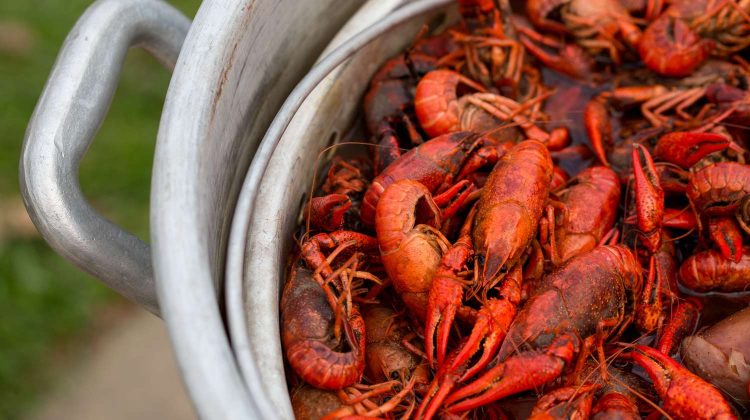
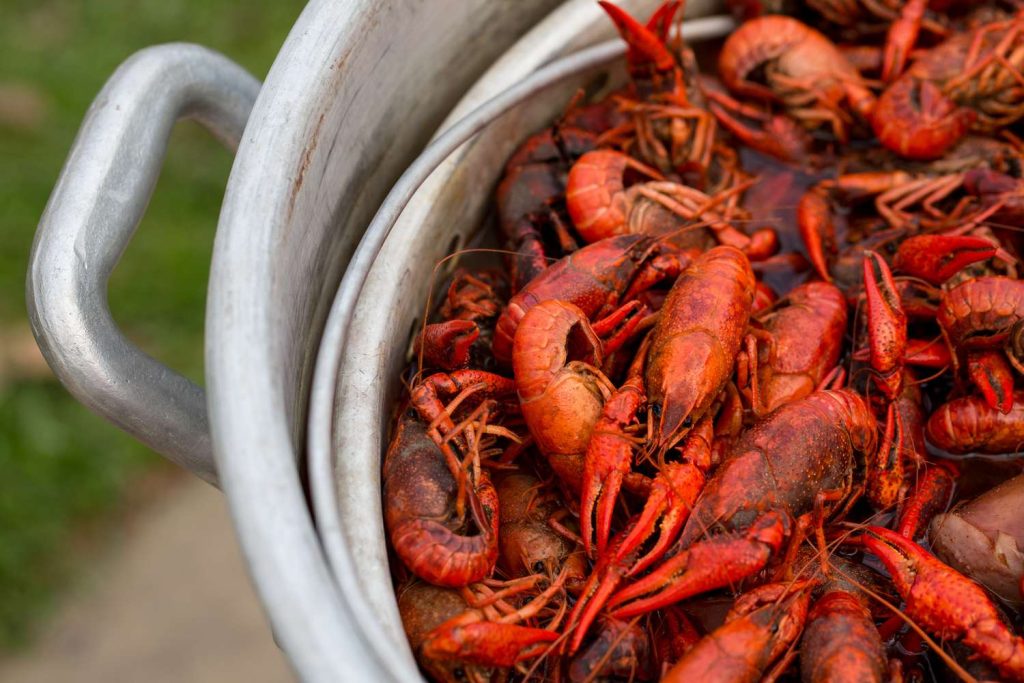
Crawfish, those delightful freshwater crustaceans celebrated for their succulent meat and rich Southern tradition, have a season all their own.
As their name might suggest, crawfish season is a time when these little creatures emerge from their watery habitats to grace our tables with their delectable presence.
The timing of crawfish season is a subject of much anticipation and celebration in many regions, particularly in the Southern United States. But when, exactly, does this season begin, and when can you savor the best of what crawfish have to offer?
Determining the onset of crawfish season isn’t a straightforward task governed by fixed calendar dates.
Instead, it is intricately intertwined with the whims of weather, particularly factors such as temperature and precipitation, which wield substantial influence over the availability of these delectable crustaceans.
Moreover, the duration of the crawfish season can vary depending on your geographical location.
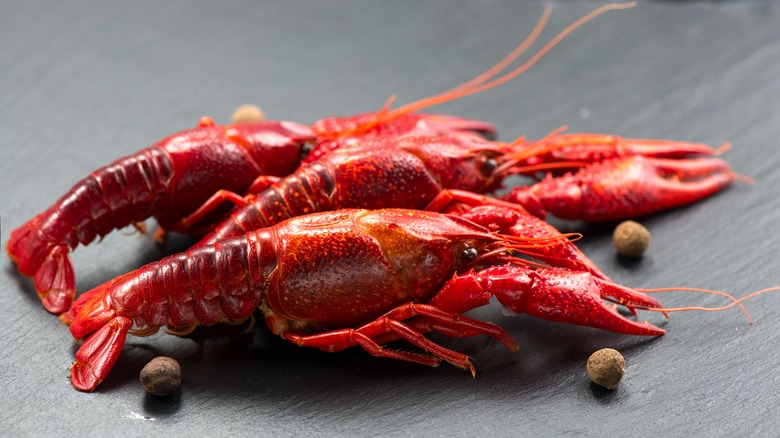
To ensure you get the most out of your crawfish purchase, timing and location are crucial considerations.
Crawfish are at their freshest and most readily available during their peak season, which typically spans from late winter to early summer, with March, April, and May standing out as the prime months.
However, the precise timing can vary based on your region, influenced by local weather conditions and water temperature.
It’s a smart move to consult with local seafood suppliers, markets, or restaurants to pinpoint the exact season dates in your area.
If you’re seeking live crawfish, it’s advisable to choose those that exhibit activity and show no signs of spoilage to guarantee optimum freshness.
While frozen crawfish tails offer convenience year-round, live crawfish during their peak season are renowned for their superior flavor and quality, making them an excellent choice for crawfish boils, gatherings, and special occasions.
What is crawfish?
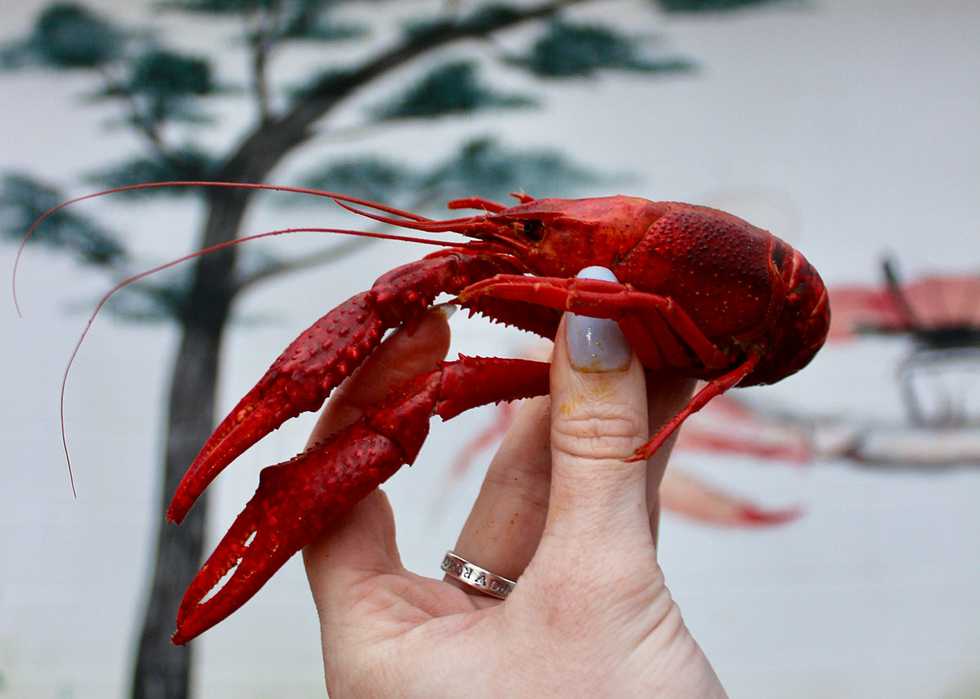
Crawfish, also known as crayfish or crawdads, are freshwater crustaceans resembling miniature lobsters.
These creatures inhabit freshwater environments like rivers, ponds, and swamps, where they are renowned for their distinctive reddish-brown to dark green exoskeletons and two prominent pincers used for catching and manipulating food.
Crawfish boast an omnivorous diet, feasting on a variety of aquatic plants, small creatures, and decaying organic matter. Their life cycle is intricate, involving larval stages and molting as they grow.
These tasty crustaceans hold culinary significance, particularly in the Southern United States, where they star in dishes like crawfish boils, etouffée, and gumbo, known for their sweet, tender meat.
Beyond their culinary allure, crawfish carry cultural importance in regions like Louisiana, where they feature prominently in festivals and cultural symbolism, making them both ecologically and culturally significant creatures.
When To Buy Crawfish?
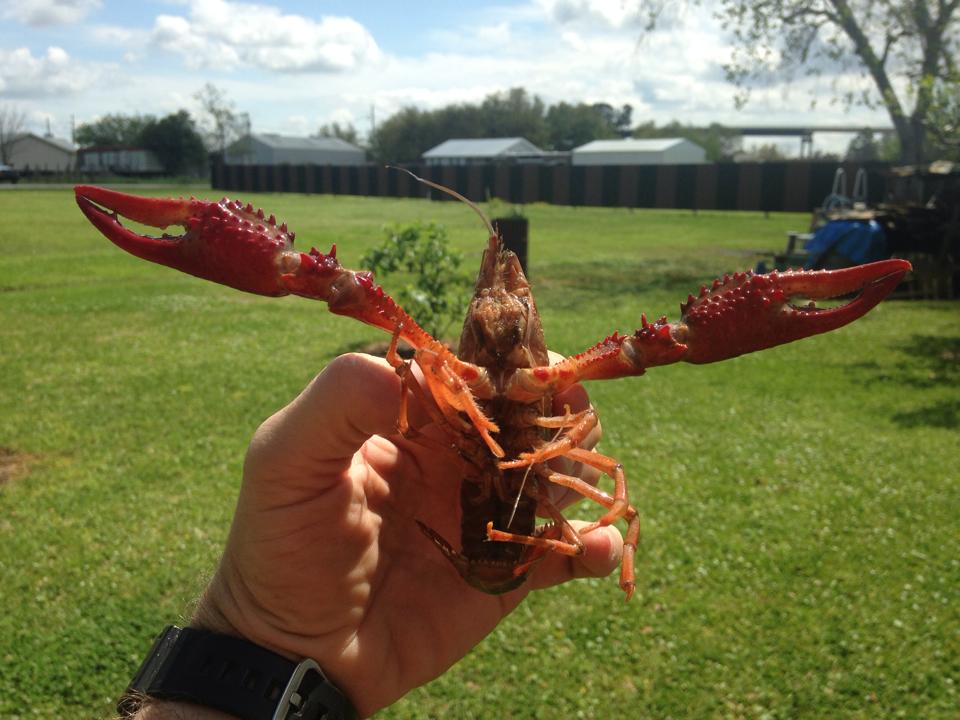
To make the most of your crawfish purchase, it’s essential to consider the timing and location.
Crawfish are at their freshest and most readily available during their peak season, which generally spans from late winter through early summer, with March, April, and May often being the prime months.
However, the exact timing can vary depending on your region due to local weather conditions and water temperature. It’s advisable to check with local seafood suppliers, markets, or restaurants for precise season dates in your area.
If you’re looking for live crawfish, be sure to select those that are active and devoid of any spoilage signs for optimal freshness.
While frozen crawfish tails are available year-round and can be convenient, live crawfish during their peak season are renowned for their superior flavor and quality, making them an excellent choice for crawfish boils, gatherings, and special occasions.
Frequently Asked Questions?
What dishes can be prepared with crawfish?
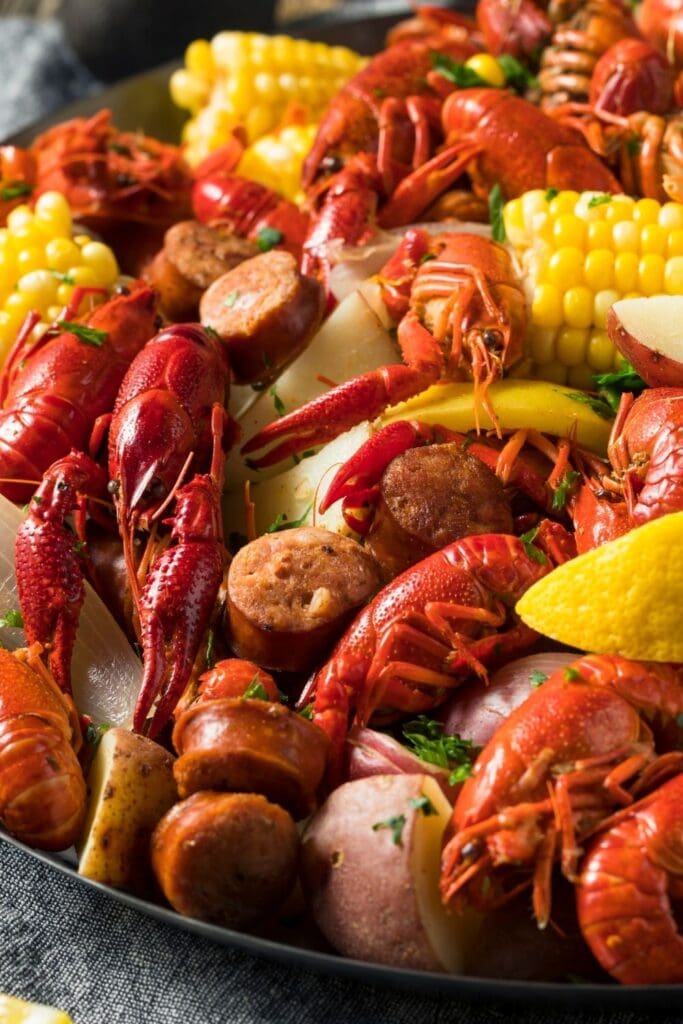
Crawfish are incredibly versatile and can be used to create a wide range of dishes.
Some popular options include crawfish boils, crawfish etouffée, gumbo, jambalaya, pasta dishes, and even crawfish pies.
Their sweet and tender meat adds a delightful flavor to soups, stews, pasta, and more, making them a favorite ingredient in Southern and Creole cuisine.
What is the difference between a crayfish and crawfish?
The terms “crayfish” and “crawfish” both describe the same type of freshwater crustacean, but their usage depends on regional language preferences.
In British and Australian English, “crayfish” is the more commonly used term and encompasses various species of freshwater crustaceans found in those regions.
Meanwhile, in American English, particularly in the Southern United States, “crawfish” takes precedence and specifically refers to the North American species of these crustaceans.
While the creatures themselves are similar, the choice between “crayfish” and “crawfish” is a matter of regional dialect and language conventions.
Are crawfish healthy to eat?
Crawfish can be a nutritious addition to your diet when enjoyed in moderation and as part of a balanced meal. They offer several health advantages, including being low in calories and fat while providing a good source of lean protein.
They are rich in essential minerals like phosphorus, magnesium, and iron, which contribute to bone health and overall bodily functions.
Crawfish also contain beneficial B vitamins, such as B12 and niacin, important for energy metabolism and nervous system health.
While they offer some omega-3 fatty acids, their nutritional profile can vary based on preparation methods. It’s crucial to be mindful of high-sodium or buttery preparations and to consider individual dietary needs and allergies, especially for those with shellfish sensitivities.
What are the disadvantages of eating crayfish?
While crayfish can be a tasty and nutritious addition to your diet, there are some potential disadvantages to consider.
First, they can be high in cholesterol, so individuals with cholesterol concerns should consume them in moderation.
Additionally, some people may be allergic to shellfish, including crayfish, which can lead to severe reactions if consumed.
When prepared in certain dishes, such as crawfish boils or crawfish etouffée, crayfish can also be high in sodium and saturated fats, which may not be suitable for individuals with heart or blood pressure issues.
Lastly, there is a risk of contamination if crayfish are not handled, cooked, or stored properly, potentially leading to foodborne illnesses. To enjoy crayfish safely and healthily, it’s essential to be aware of these potential drawbacks and to practice proper food safety and moderation in consumption.
What do crawfish taste like?
Crawfish have a unique and distinctive flavor that’s often described as a cross between shrimp and crab.
They offer a slightly sweet and delicate taste with a hint of brininess from their freshwater habitat.
The tender tail meat is the most prized part and is known for its succulence, making it a popular choice in various dishes, especially in Southern and Creole cuisine.
The flavor of crawfish can be enhanced by the seasonings and spices used in their preparation, such as in a traditional crawfish boil or spicy gumbo, making them a beloved delicacy with a memorable taste.
Are crabs and crawfish the same thing?
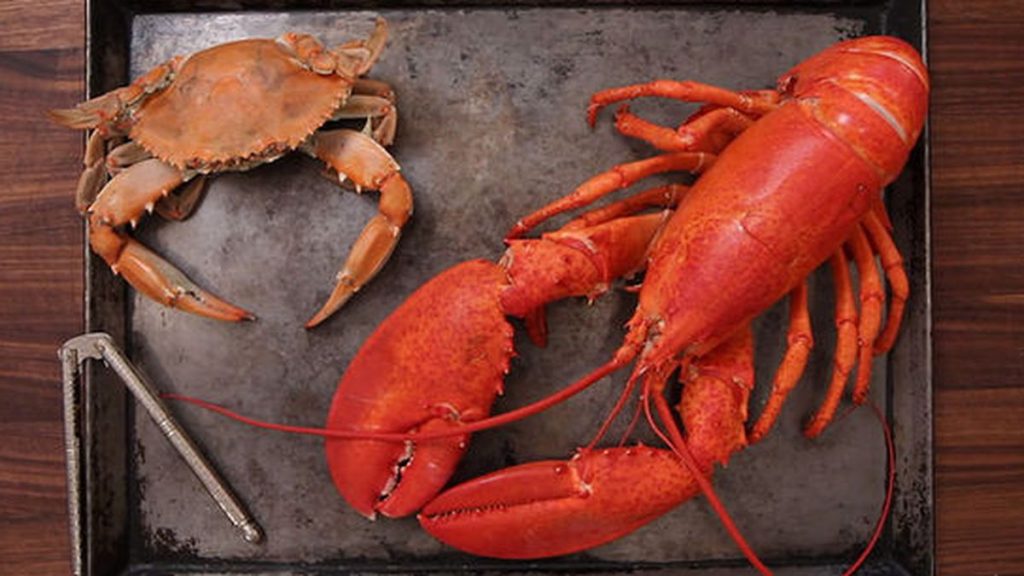
No, crabs and crawfish are not the same thing. They are both crustaceans, but they belong to different families.
Crabs have a broad, flat body with a pair of pincers, while crawfish, also known as crayfish or crawdads, have a slender, elongated body with two large claws at the front.
They also differ in taste and texture, with crabs having a distinct flavor and meat texture compared to the tender, slightly sweet meat of crawfish.
Crabs and crawfish, which is more delicious?
The preference between crabs and crawfish largely depends on personal taste. Both have unique and delicious flavors.
Crabs offer sweet, delicate meat, while crawfish have a slightly sweet and briny taste.
The choice often comes down to regional cuisine and personal preferences, making it a matter of individual taste rather than one being universally more delicious than the other.
How do you cook crayfish?
Cooking crayfish, also known as crawfish, is a delightful culinary endeavor.
A classic and popular method is the traditional crawfish boil, which involves bringing a large pot of seasoned water to a rolling boil and adding crayfish along with other ingredients like corn, potatoes, and sausage.
The crayfish are typically boiled for about 5-10 minutes until they turn bright red. Once cooked, they are drained and served hot. Another favored method is preparing crawfish etouffée, a rich and flavorful stew made with a roux, vegetables, spices, and crayfish tails.
Additionally, you can grill or sauté crayfish with garlic butter or incorporate them into pasta dishes. The key is to season them generously with Cajun or Creole spices for that authentic Southern flavor.
Regardless of the method you choose, be sure to thoroughly clean and purge the crayfish before cooking to remove any mud or impurities from their shells for a delightful dining experience.
How long do crayfish last in the freezer?
Crayfish can be stored in the freezer for up to 6-12 months if properly packaged to prevent freezer burn. It’s advisable to use airtight containers or freezer bags to minimize exposure to air and moisture.
Labeling the packaging with the date of freezing can help you keep track of their freshness. When thawing, do so in the refrigerator rather than at room temperature to ensure safe and preserved quality.
Do crayfish scream when boiled?
Crayfish do not actually “scream” when boiled. The sound often associated with boiling crayfish or other crustaceans is caused by steam escaping from their shells as they heat up.
It’s not a vocal or distress response but rather a natural and harmless phenomenon related to the cooking process.
Related Articles
From Sea to Plate: 40+ Iconic Seafood Dishes Across America
21 ways to eat sadines at home
How To Use Stockfish And Its Health Benefits
Conclusion
In conclusion, the timing of crawfish season varies by location and is influenced by factors such as climate and local regulations.
Whether you’re in the heart of Louisiana’s extended season or savoring crawfish in other Gulf Coast states, the prime months of spring and early summer are a time of celebration for these delectable crustaceans.
Beyond the geographical variations, crawfish season is a reminder of the rich culinary traditions and cultural significance they hold, making it a time when communities come together to enjoy the unique flavors and experiences that crawfish bring to the table.
So, when is crawfish season? It’s a dynamic and delicious journey that varies from place to place, but one thing is certain: it’s a season worth savoring.
